 After choosing our clothes, we wear them and we must maintain them. Maintaining clothes also has an impact on our environment. The impact ranges from the energy consumed, the cleaning products used and the release of microparticles from textiles into the water cycle. It is possible to reduce the impact of their maintenance through a few simple strategies.
After choosing our clothes, we wear them and we must maintain them. Maintaining clothes also has an impact on our environment. The impact ranges from the energy consumed, the cleaning products used and the release of microparticles from textiles into the water cycle. It is possible to reduce the impact of their maintenance through a few simple strategies.
Dirty clothes?
The very first question to ask yourself is: is my clothing really dirty? How many children (and adults!) wear an item of clothing for a very short period of time and then put it in the wash? We are then talking about pure waste of resources. For regular day-long use, do we consider a pair of jeans worth washing? By asking this simple question, you will save time, energy (yours among others...) and money!
Cleaning products
There are a multitude of clothing care products on the market. These range from detergent, stain remover, whitener and fabric softener.
Detergents
Biodegradable , natural , not tested on animals and ecological logos now abound on store shelves. However, it is important to be vigilant because, for example, lead is a natural product which is very toxic to humans. However, today we have less and less to choose between clean clothes and reducing our impact on the environment. Some ecological products do very well.
However, the amount of plastic waste generated by the containers is a matter of concern. For this purpose, you can choose concentrated detergents which allow you to reduce the number of containers by reducing the quantity of detergent used. There are also great alternatives to filling your containers. Also, eco-washing sheets are interesting ecological products, light and compact (so less transport), natural and plastic-free.
Fixing and maintaining colors
Before washing your new garment for the first time, you may want its colors to be fixed either to ensure that they will not bleed onto your other clothes, or because you want to ensure their durability.
Fill a basin with lukewarm water then add 250 ml of white vinegar as well as a handful of coarse salt (optional) and soak your clothing in this solution for 30 minutes then dry or wash it.
Next, do you have a beautiful black or bright red item of clothing that you want the color to persist? Wash your clothes in cold water and simply add white vinegar to the bleach reservoir of your washing machine. Colors will be maintained.

To remove stubborn stains, you need to carefully identify the type of stain to use the right product. To remove most stains, you can use a stain remover bar or a mixture of equal parts white vinegar, hot water and baking soda and apply directly to the stain. Then leave it on for 15 minutes, scrub and rinse. If the stain persists, start again and then wash the garment.
In the case of a greasy stain, simply sprinkle it with baking soda or Terre de Sommières (which works miracles!) because they absorb the oils. Leave on for 30 minutes, rinse before rubbing because baking soda is also a scouring agent which could damage the garment.
For darker stains such as coffee, tea or ink, lemon is a powerful ally. This involves mixing ¼ cup of lemon juice, several teaspoons of salt (ideally coarse salt) and ½ cup of lukewarm water. Then, apply the mixture directly to the stain, leave for 10 minutes, rinse with lukewarm water, repeat if necessary or wash the item of clothing.
Fabric softener
Vinegar is an economical and ecological solution to replace fabric softeners in your wash. I assure you, the clothes will not retain any vinegar smell. On the contrary, it will help remove persistent odors and the vinegary smell will disappear. This simply involves replacing the amount of fabric softener you were using with the same amount of white vinegar. You can then adjust the quantity. Vinegar will have a double benefit, in addition to softening your clothes, it will help remove limescale from your washing machine and extend its life. If you are using the dryer, you can add 3 to 6 dryer balls . They will have the effect of naturally softening the fiber of the fabrics and will reduce your drying time.
Wash in cold water
Washing clothes in cold water reduces your environmental impact through significant energy savings. This energy saving translates into a financial saving of approximately $50 per year (considering 1 load per day).
The reduction in impact also concerns the durability of your clothes: colors remain more vibrant and more capricious fabrics such as wool and silk retain their initial shape better.
Use an energy-efficient washer
First thing: Do not change your device until it has reached the real end of its life. Without respecting this, it is considered a real waste. Manufacturing the appliance requires a lot of raw materials, including water, which will not be offset by the savings of using an energy-efficient washer.
When replacing your unit, consider high-efficiency units that have been on the market for a few years. They require less water, detergent and energy than traditional ones. Since 2004, high-efficiency appliances have saved up to 80% energy and almost as much water.
Maximize your load
It is best to use the washer for large loads to maximize the amount of water and energy used. When changing your machine, it will be preferable to choose a device with a large capacity which will allow you to place a larger quantity of clothes in it.
The dryer

Using the dryer has an ecological impact through the energy consumption it uses to operate. Hydro-Québec states that a single large drying consumes less electricity than several small ones. It is therefore better to ensure that the dryer is full before turning it on. Using the dryer once a day for an average duration of 1 hour requires approximately 800 KwH/year and costs approximately $75. In most cases, it is easy to limit its use by drying our clothes in the open air.
However, if its use proves necessary, be sure to empty the filter on a regular basis and use drying balls in order to maximize its use and ensure that the device dries clothes effectively.
Dry cleaning
Are you getting ready to buy a new item of clothing? Check the label carefully! You will benefit from avoiding clothes requiring dry cleaning from both an economical and ecological point of view.
Do you think washing clothing without water is possible? It's fishy, isn't it? In fact, this type of washing only treats the fibers on the surface. In most cases, what makes this process possible is the use of solvents that are toxic to both your health and the environment.
If you already have this type of clothing, some cleaners have developed more ecological dry cleaning processes based on water or CO2. Get informed!
No magic!
There is therefore no witchcraft and disproportionate effort to make to maintain our clothes in an ecological way. You mainly need a few basic ingredients and change a few habits. So, you can start by choosing the habit that will be easiest for you to start with and when it is acquired, move on to the next one!




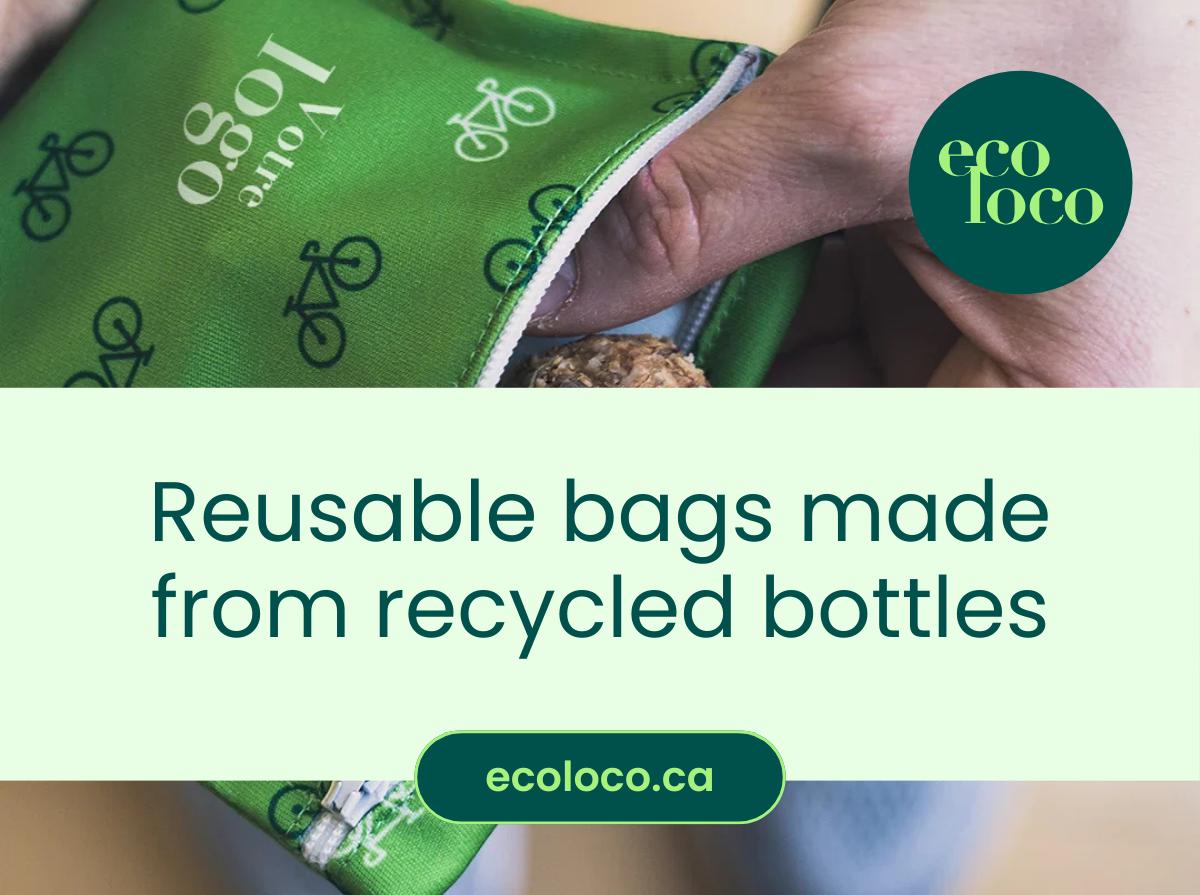

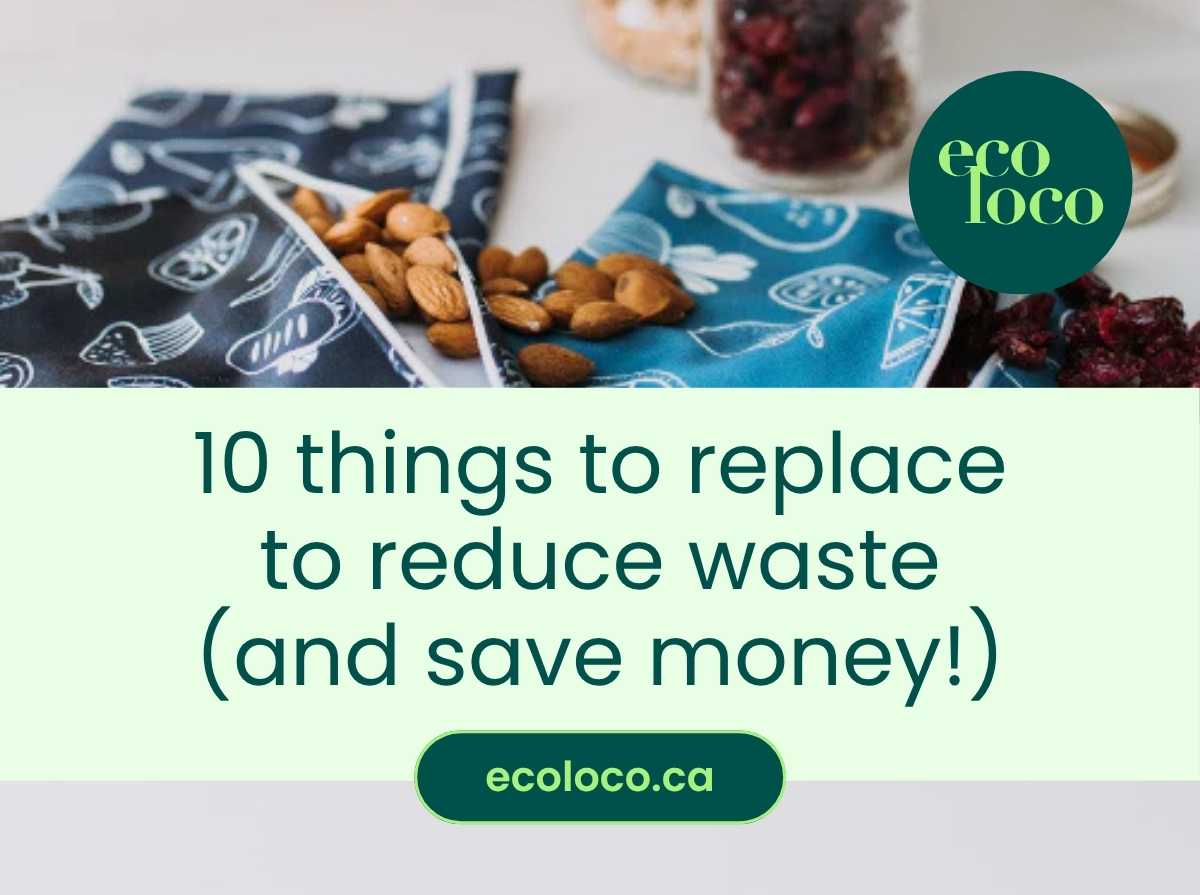


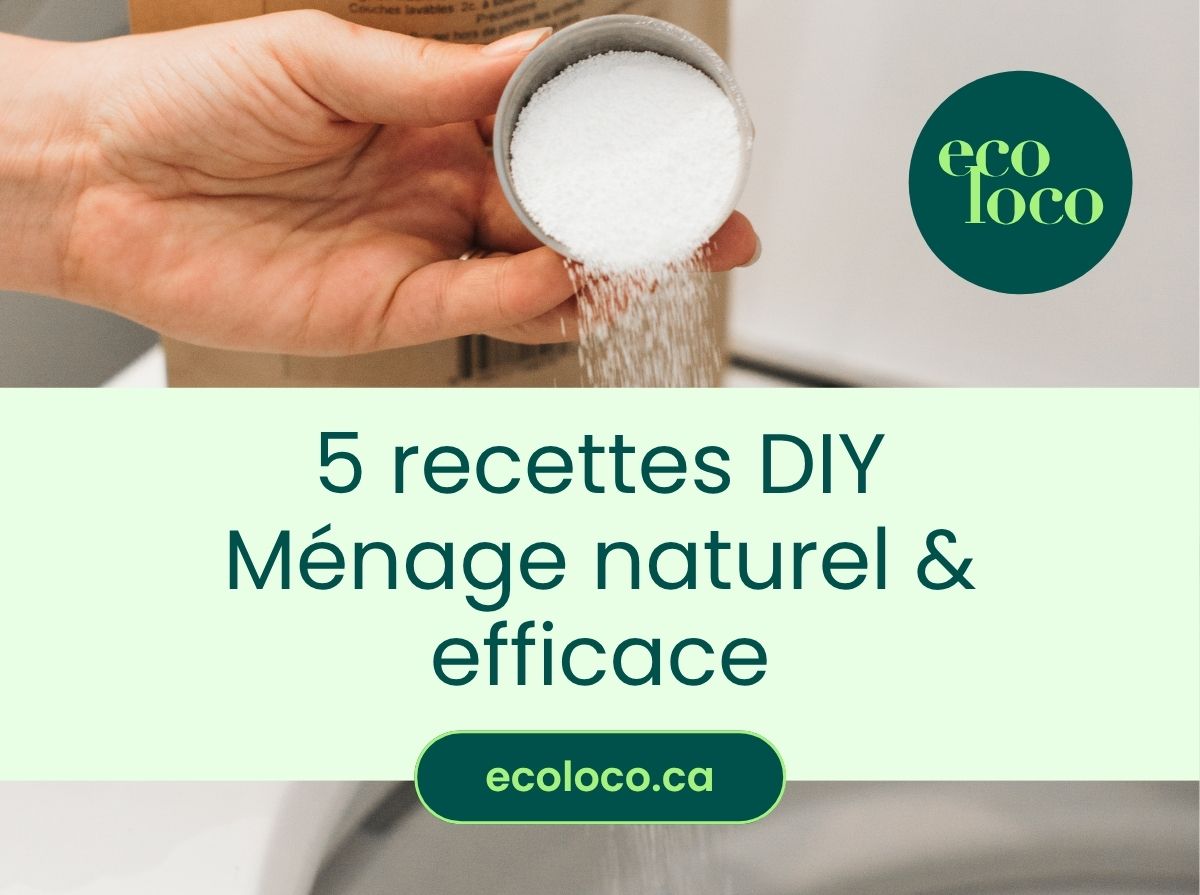



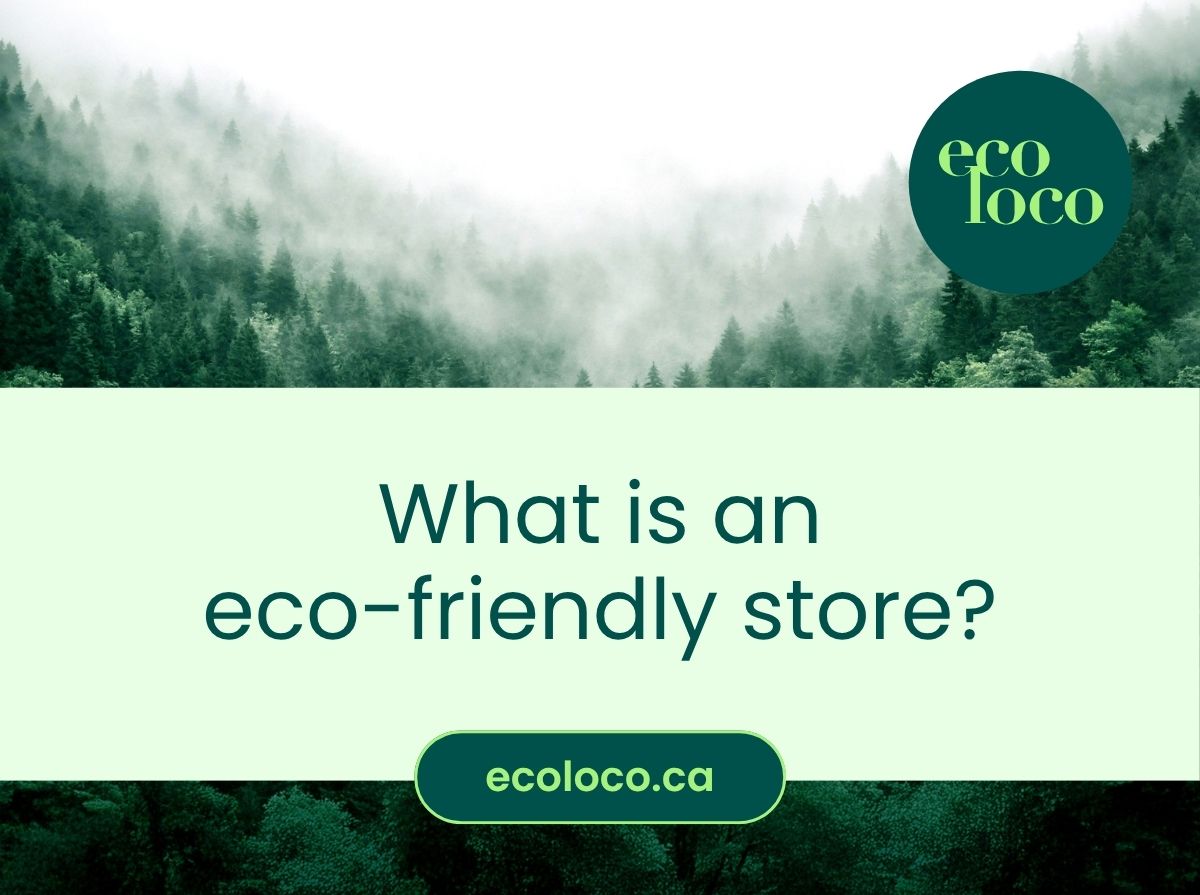
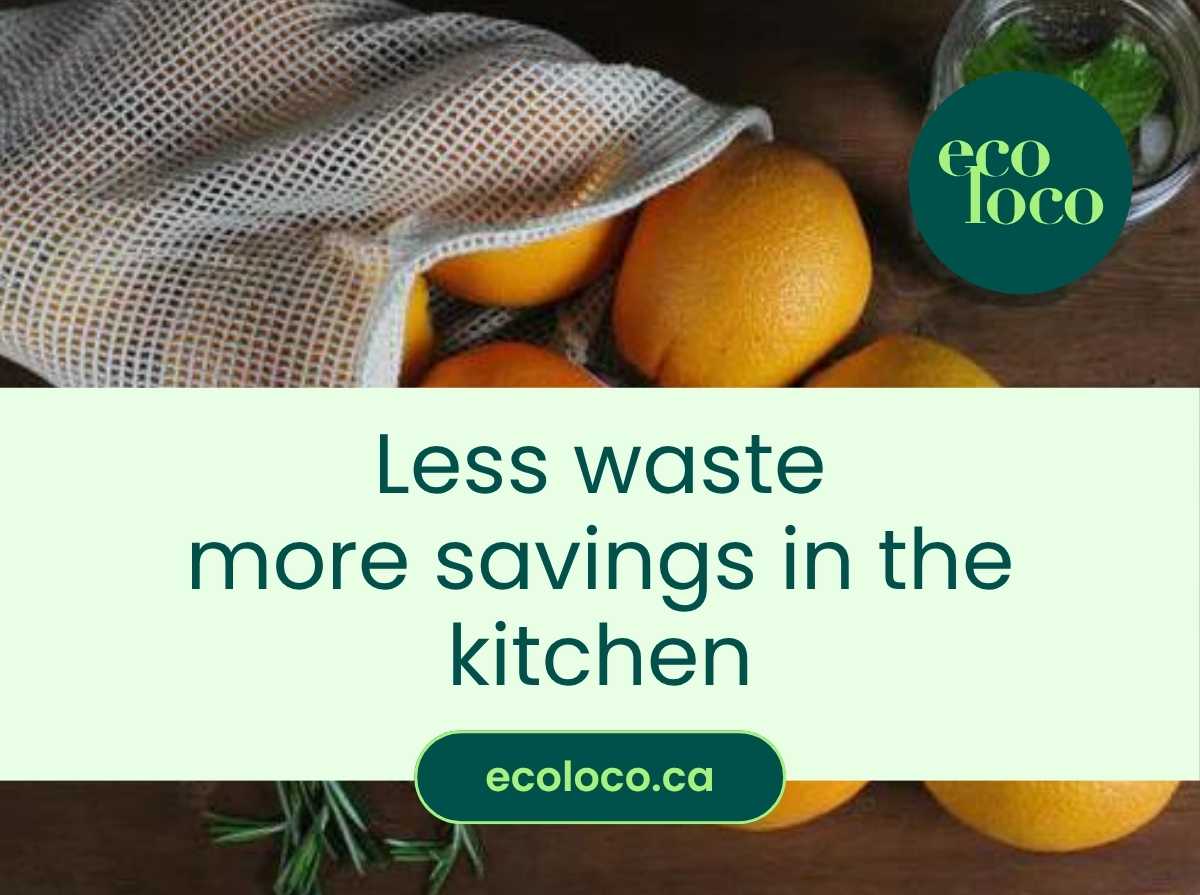
0 comments